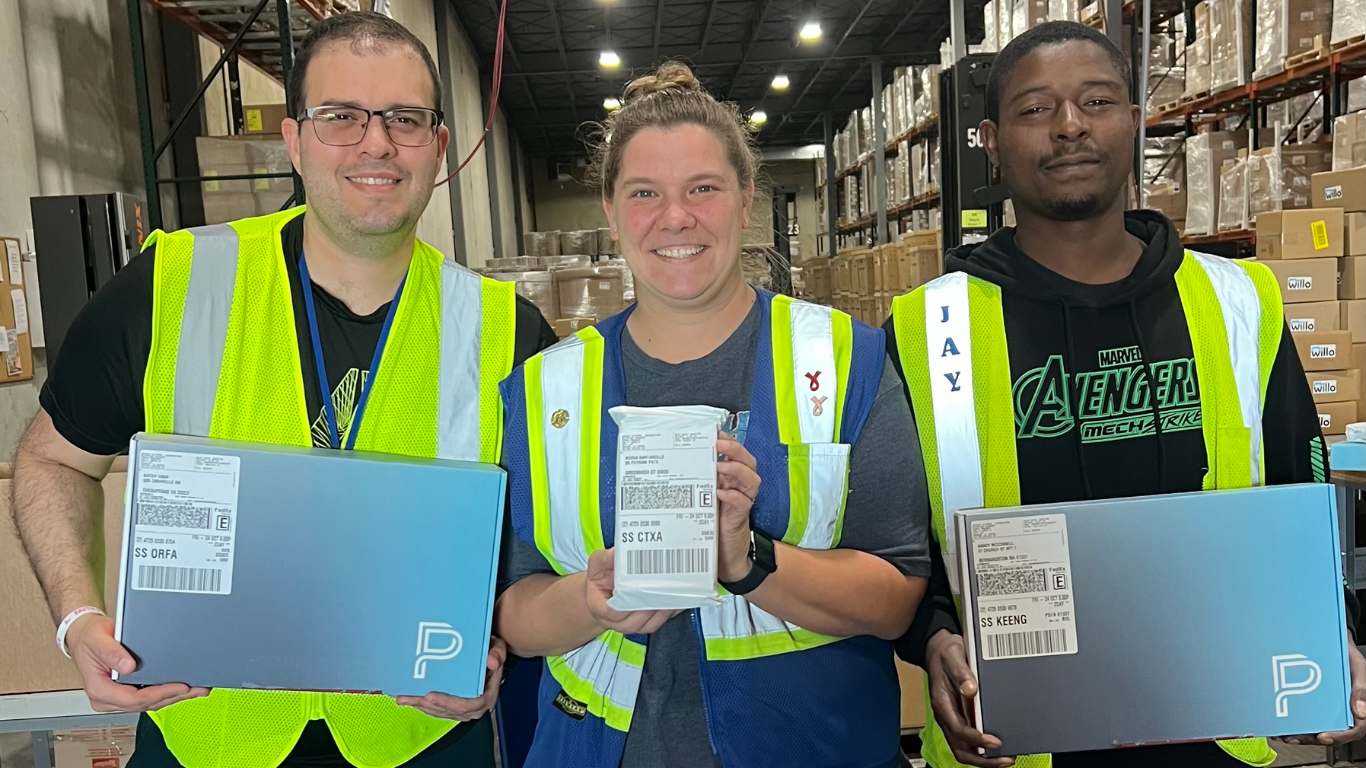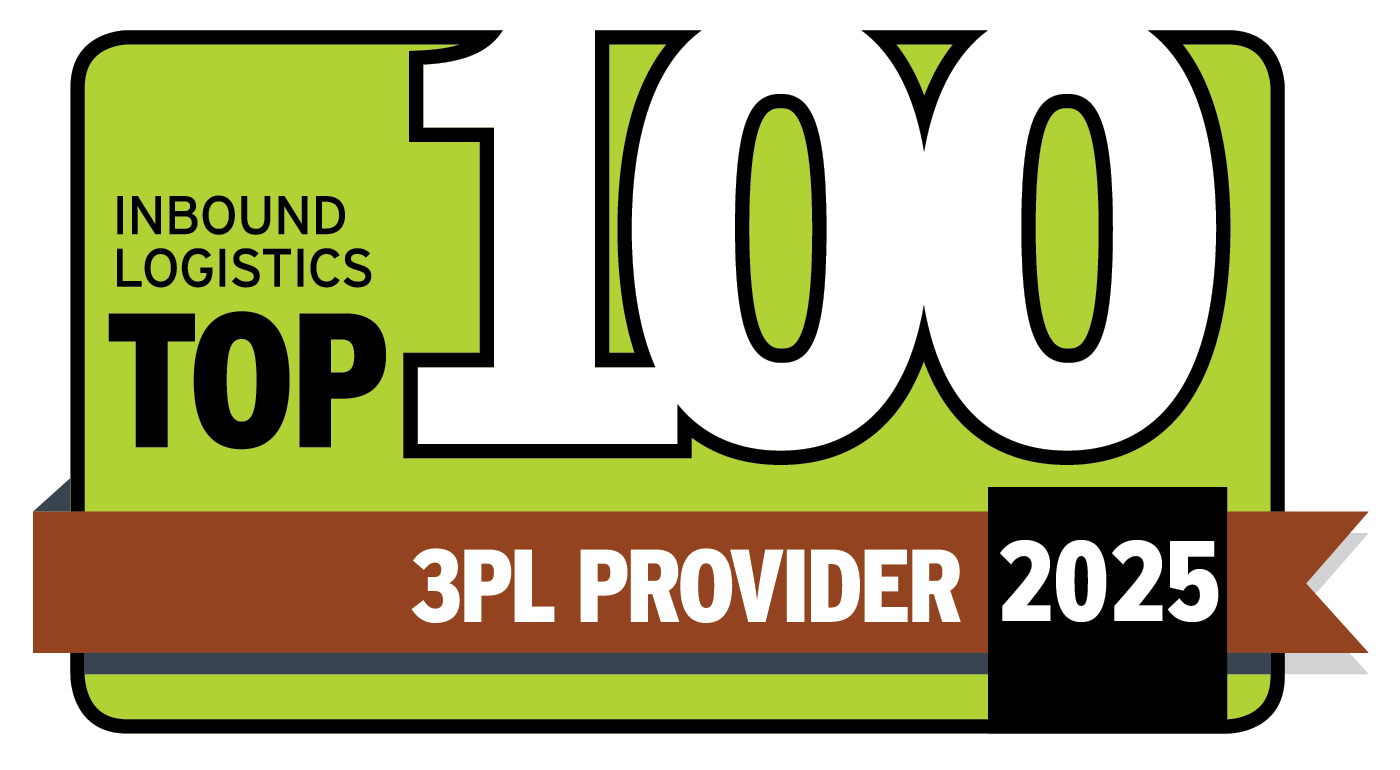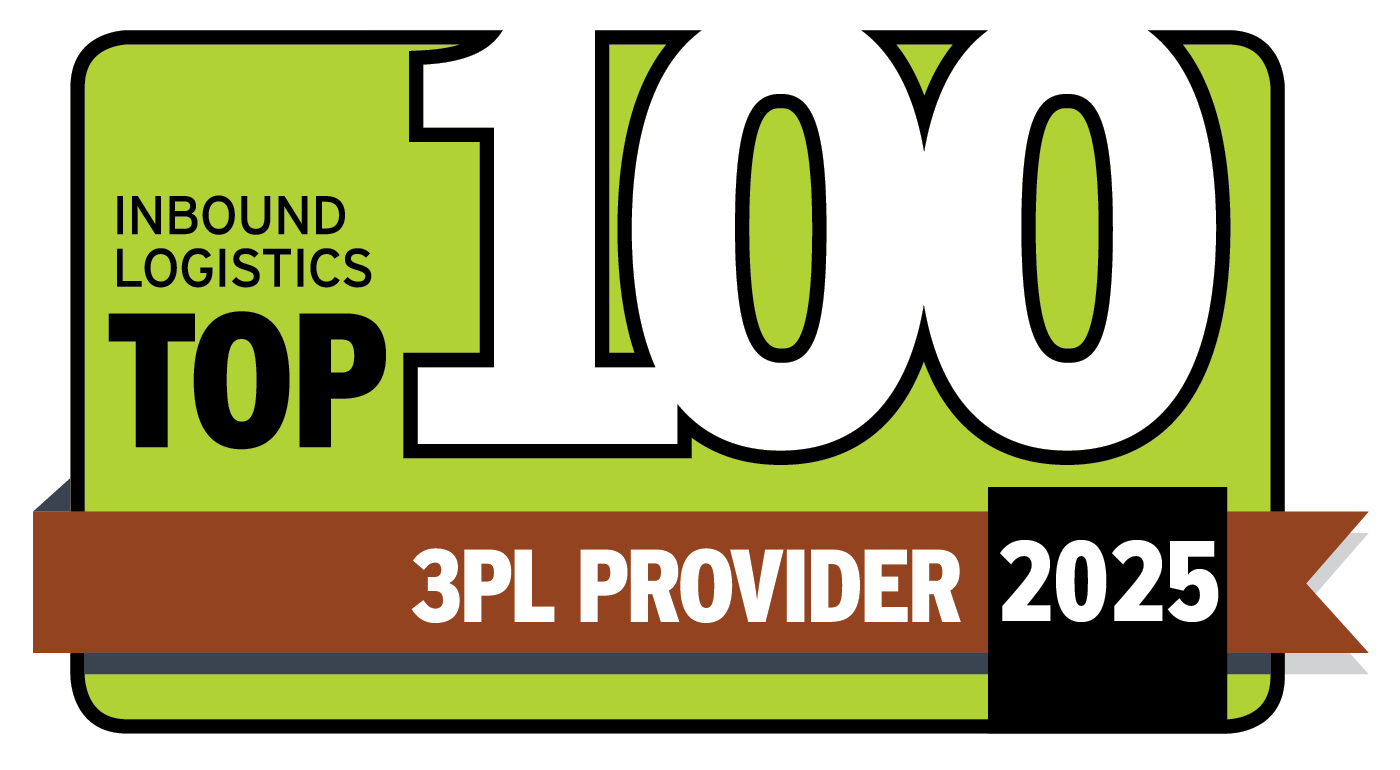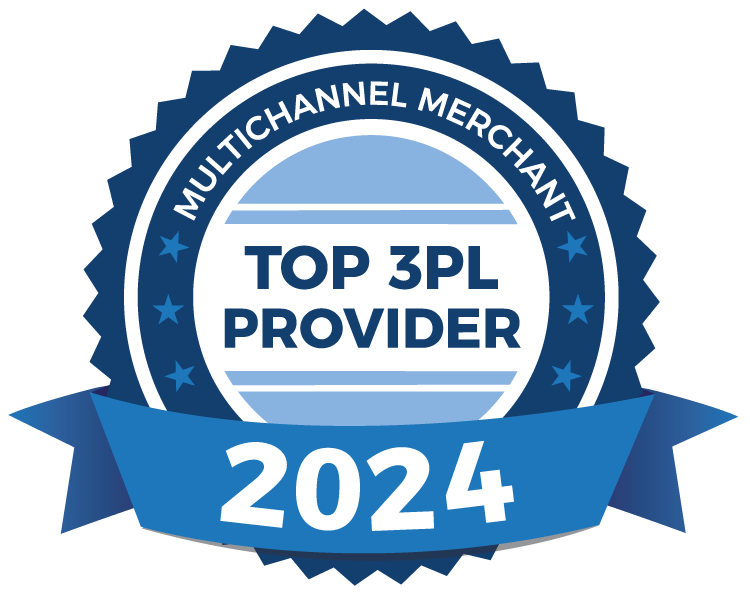A Nightmare on Supply Chain Street: Choosing the Right 3PL Partner
A Nightmare on Supply Chain Street:
Choosing the Right 3PL Partner

Every night e-commerce brands wake up in cold sweats, haunted by logistical nightmares: fluctuations in demand, distribution issues, technological integration…. the terror! That’s when they crawl out of bed and come to ÐÇ¿Õ´«Ã½ Distribution, where we assure them there are no monsters in our supply chain and send them back to bed with a brand-new 3PL safety blanket.
Are you one of the brands stuck in the cold sweat phase, unsure how to find the right 3PL partner? You can finally relax, take a deep breath, and let us guide you through the process. At ÐÇ¿Õ´«Ã½, we want to ensure you're well-informed and confident in your 3PL partnership decision and, of course, sweat-free!
Understanding the 3PL Landscape
Before jumping into the selection process, understanding what a 3PL service provider can offer is essential. A 3PL provider can take charge of your warehousing, transportation, order fulfillment, and more, allowing you to concentrate on your core business activities. But with many options in the market, how do you avoid ‘A Nightmare on Supply Chain Street’?
Here are nine key aspects to evaluate and questions to ask to ensure your chosen 3PL aligns with your logistical needs and business values:
Experience and Expertise
- What to Check: Delve into the 3PL's history and reputation in the logistics field. Their track record can provide insights into their reliability and expertise.
- Questions to Ask: "Can you provide success stories or references from businesses similar to ours?"
Technological Edge
- What to Check: Evaluate the 3PL’s technological prowess and ability to integrate seamlessly with your systems.
- Questions to Ask: "How will your technology stack integrate with our existing inventory and order management systems?"
Service Spectrum
- What to Check: Confirm that the 3PL’s service offerings align with your logistical needs.
- Questions to Ask: "Do you have experience handling products in our specific industry or with unique requirements?"
Scalability and Flexibility
- What to Check: Assess the 3PL's capacity to adapt to your business's changing needs.
- Questions to Ask: "How do you manage fluctuations in demand, especially during peak periods?"
Geographic Reach
- What to Check: Understand the geographical coverage of the 3PL’s network in relation to your market.
- Questions to Ask: "Can your network support our distribution needs across our key markets?"
Cost Efficiency
- What to Check: Scrutinize the 3PL’s pricing model and uncover hidden costs.
- Questions to Ask: "What is the detailed breakdown of your pricing structure?"
Compliance and Security
- What to Check: Verify the 3PL's adherence to industry regulations and standards.
- Questions to Ask: "What measures do you have for risk management and regulatory compliance?"
Partnership and Communication
- What to Check: Gauge the quality of customer service and the effectiveness of communication channels.
- Questions to Ask: "Who will be our main point of contact, and how will communication be handled?"
Cultural Compatibility
- What to Check: Determine if the 3PL’s corporate culture and values resonate with your own.
- Questions to Ask: "How will your company’s ethos and approach complement ours?"
In conclusion, finding the right 3PL partner is a multifaceted undertaking that requires meticulous research and thoughtful consideration. By focusing on these key areas and asking the right questions, you can identify a 3PL provider, like ÐÇ¿Õ´«Ã½, that turns your logistical nightmares into a dreamy success story.
Interested in connecting with one of our ÐÇ¿Õ´«Ã½ logistics experts? Contact us here.
Recent Blog Posts







